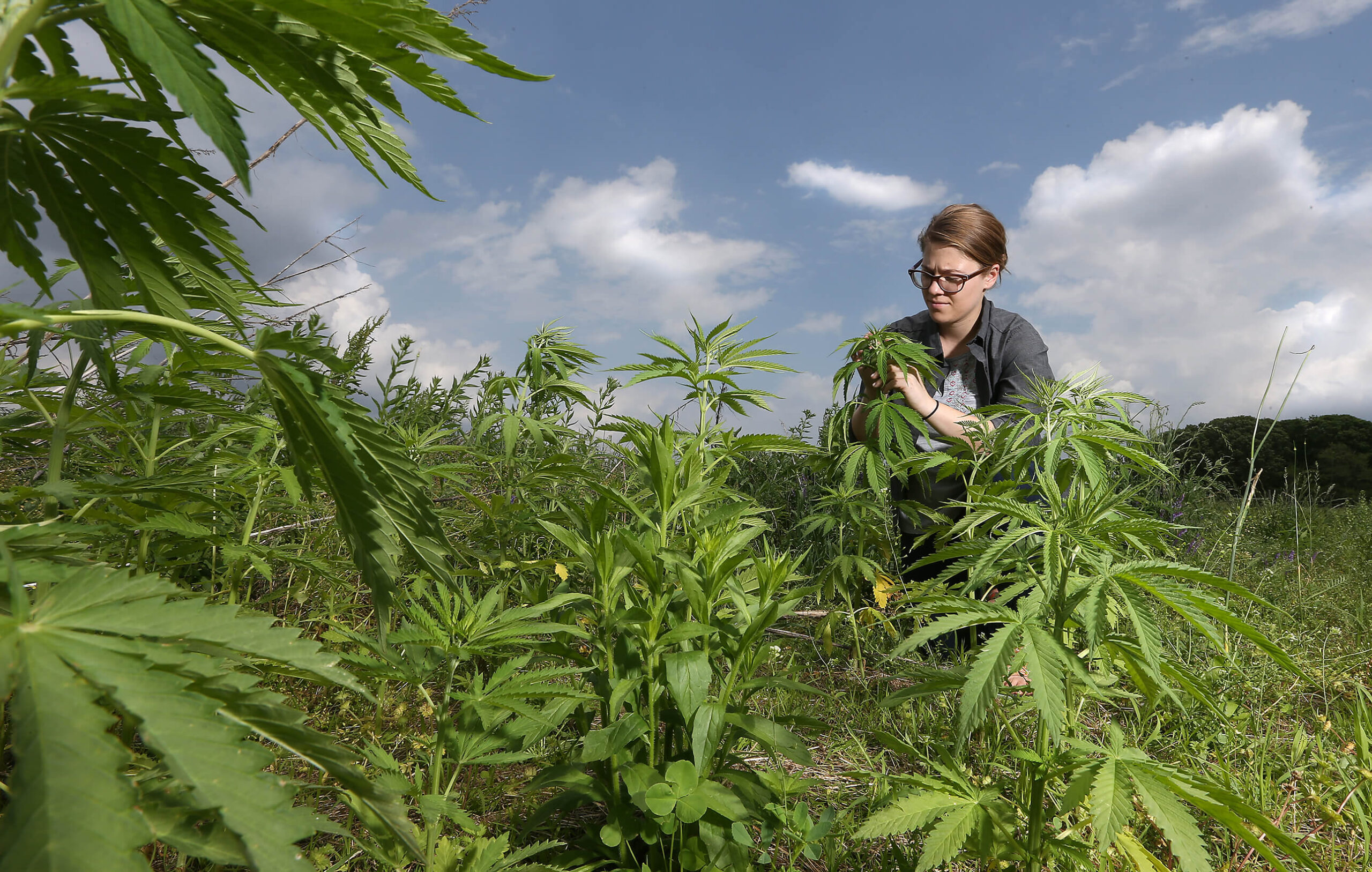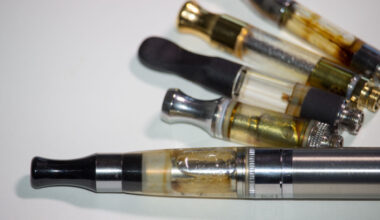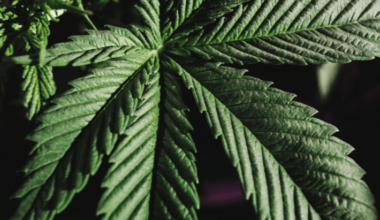Want to know the best time to plant hemp in the Midwest? Or what cultivar consistently produces a crop below 0.3% THC?
Researchers in the Midwest have successfully pooled that information despite the pandemic, creating a database designed to give farmers an idea of what to expect from their hemp cultivars in 2021 and beyond.
Last summer, researchers at the University of Illinois and the University of Wisconsin-Madison invited growers in their states to submit certain information about their crop for the database in exchange for a discount on cannabinoid sampling.
The result is the Midwestern Hemp Database, which also includes participants from Michigan State University, Purdue University and growers in their respective states.
“We wanted to work together to stop working in silos all the time and share information across the region, not just within our own state, and figure out what’s working and what’s not for our growers,” said Phillip Alberti, educator for commercial agriculture at the University of Illinois Extension.
“Also very importantly, what sources of genetics, what varieties out there might be more suited to their environment for performance issues or ultimately (THC) compliance, which of these varieties are going to produce a compliant crop.”
First-ever data sharing
The database includes information on:
- When a particular cultivar was planted.
- When it started flowering.
- When it was harvested.
- A cultivar’s CBD and THC profile.
Collectively, the data also provides growers an idea of how high CBD levels can get before the plants exceed 0.3% THC, for example, or what soil type is being used most (silt loam), and what planting method is most popular (transplants from seed).
Alberti said the database also helps get a picture of when is the best time to test plants for THC.
“Because that ultimately determines compliance,” he said. “What is kind of the peak window that growers can expect they’re going to be busier, that they really need to be paying attention to cannabinoid levels.”
Alberti said growers pay $35 for cannabinoid testing – about half the normal cost – per sample at Rock River Laboratory Inc. in Watertown, Wisconsin.
“Cannabinoid profiling is very expensive,” he said. “It’s kind of the scariest thing growers have to deal with because in order to harvest their material, they have to show compliance.”
Success through the pandemic
Covid-19 restricted agriculture officials’ ability to collect data from the field last year, so having growers submit their own information was a good way to get data despite the pandemic, said Shelby Ellison, an associate professor of horticulture at the University of Wisconsin-Madison.
“It was great that we were able to get participation across the number of different states,” she said.
Paul Grethey Jr., owner of Simple Livin’ Farms in Groveland, Illinois, was among the growers who shared information for the database last year.
“What’s really cool about the hemp database is now you can actually compare what you grew against what other farmers grew, compare your soils, your nutrients…and you can see what’s going yield best in your type of soil,” he said.
The universities plan to continue collecting data again this year and hope to add participants from other states.
Ellison advises farmers not to focus on one factor when analyzing the database, but instead look for the bigger picture.
“Really look at the trends that you’re observing to inform you for both agronomic practices and cultivar decisions for the next year.”
This is a sneak preview from the 2021 Hemp Variety Yearbook. See this and other content like it in the free download, coming soon.
Ivan Moreno can be reached at [email protected]
Medical Disclaimer:
The information provided in these blog posts is intended for general informational and educational purposes only. It is not a substitute for professional medical advice, diagnosis, or treatment. Always seek the advice of your physician or other qualified healthcare provider with any questions you may have regarding a medical condition. The use of any information provided in these blog posts is solely at your own risk. The authors and the website do not recommend or endorse any specific products, treatments, or procedures mentioned. Reliance on any information in these blog posts is solely at your own discretion.






